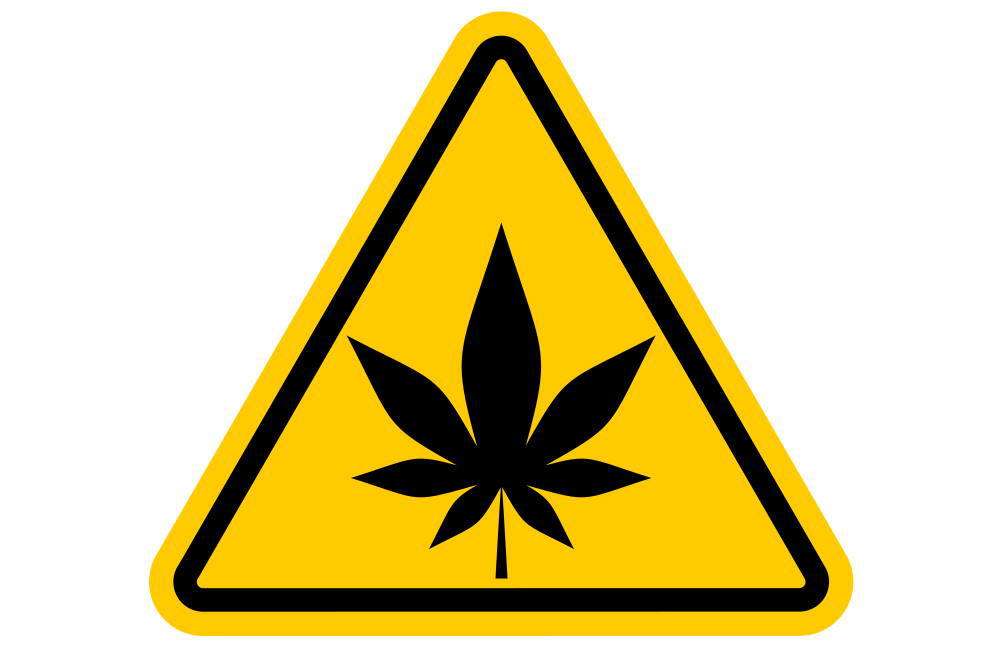Is Marijuana Dangerous? A Majority of Americans Don’t Think So
For many decades, dating all the way back to the early 20th century, opponents of cannabis have tried to paint the plant as dangerous. A new poll has found that they are not succeeding, at least not with modern voters.
A majority of Americans said in a recent survey that they do not believe marijuana is dangerous. The survey, conducted by Rasmussen, found that while 59 percent of Americans think drug abuse in the United States is getting worse, 57 percent said marijuana is “not very dangerous” or “not at all dangerous.”
By political affiliation, 60 percent of Democrats said they do not consider marijuana dangerous. Among Republicans, 45 percent said it is not dangerous, while 48 percent said it is “somewhat dangerous.”
“While a majority of Americans think the nation’s drug abuse problem is getting worse, most don’t believe marijuana is dangerous,” Rasmussen said in a Tweet about the survey.
Is Marijuana a Gateway Drug?
Rasmussen conducted the survey in September 2022, speaking with a scientific sampling of 1,000 Americans. The findings mirrored those of many recent surveys that have found Americans’ attitudes toward cannabis have changed radically in the past few years
One of the more startling findings in recent months came from a study that found more people use cannabis in the United States than they do tobacco. Other surveys have found that Americans find alcohol more dangerous than cannabis and that they support including medical marijuana in Medicaid coverage.
However, one persistent idea is that marijuana is a gateway drug to using other, more addictive drugs. In the Rasmussen survey, 46 percent of respondents said it is somewhat or very likely that cannabis use leads people to use more dangerous drugs. However, another 46 percent said it is not very likely or not at all likely.
Past research has shown that cannabis does not act as a gateway drug.
Other Dangers of Marijuana Debunked
In addition to showing that Americans increasingly support legalization of cannabis for both medical and recreational use, studies have also shown that people living in the U.S. are beginning to understand how certain dangers of marijuana have not materialized.
For example, studies have shown that crime has not risen in areas with marijuana dispensaries, and has actually gone down in some cases. Teen use, one of the biggest concerns of marijuana opponents, also has not increased.
If anything, states have faced more issues with black market marijuana when they did not allow sales in more places. That’s been an issue in California, where local control laws allow cities and counties to ban marijuana sales if they choose to do so, leaving swathes of the state without access to legal cannabis.




